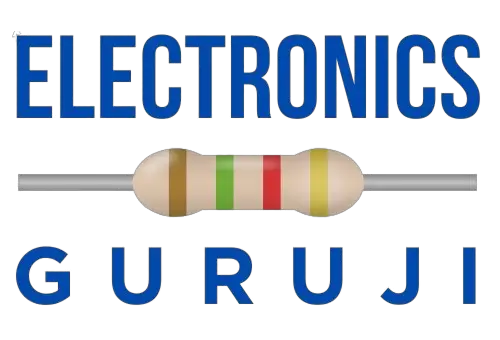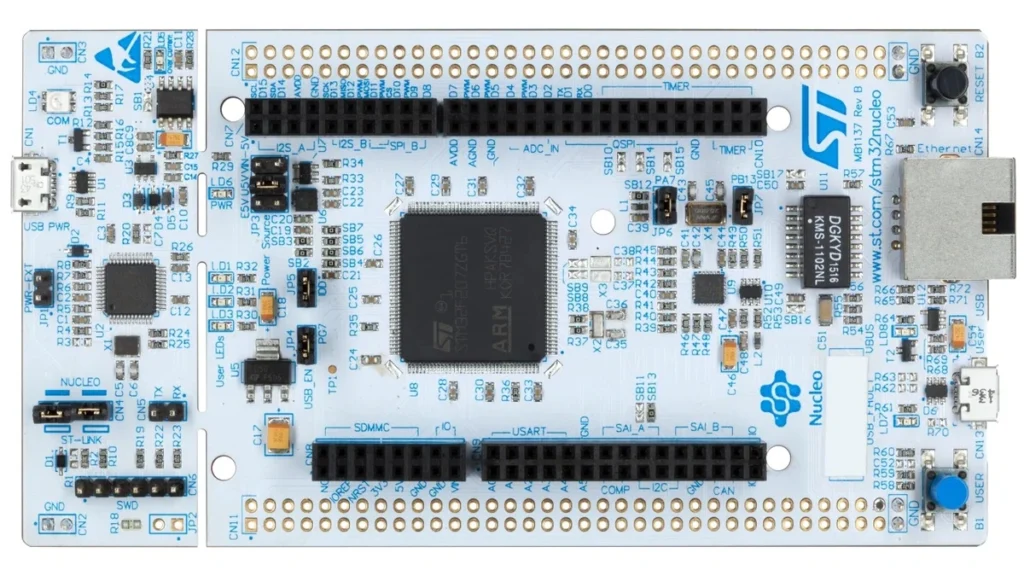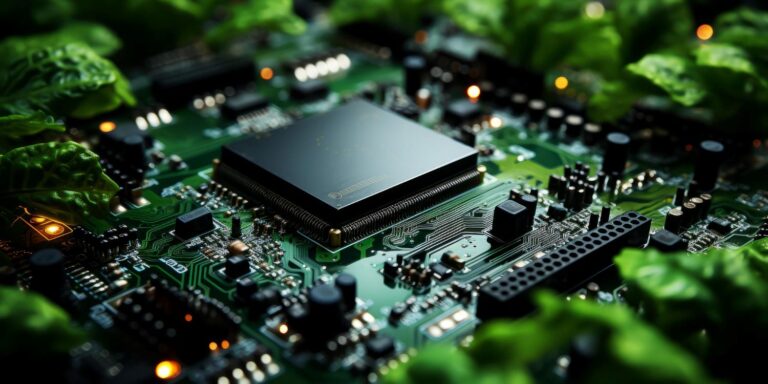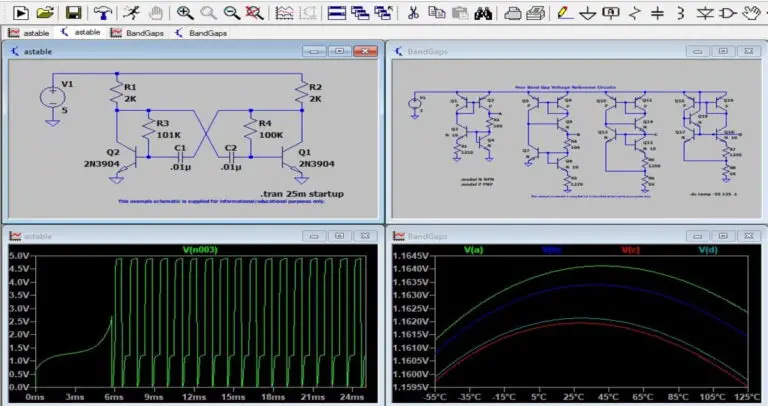In the domain of electronics design, the STM32 microcontroller has emerged as a game-changer, capturing the attention of design engineers worldwide. This article delves into the intricacies of the STM32 microcontroller, exploring its significance, features, and the profound impact it has on the work of electronics design engineers.
Understanding STM32 Microcontroller: A Brief Overview
STM32 Microcontroller serves as the cornerstone of modern electronics design. Developed by STMicroelectronics, this 32-bit marvel combines power, efficiency, and versatility. For electronics design engineers, the STM32 series presents a robust platform to bring innovative ideas to life.
Unraveling the Features that Matter
1. Processing Power Beyond Measure
At the heart of the STM32’s appeal is its unparalleled processing speed. Design engineers revel in the capability to execute complex algorithms swiftly, facilitating the creation of sophisticated electronic systems.
2. Low Power, High Efficiency
Efficiency is the essence of electronics design. The STM32 microcontroller excels in power management, ensuring optimal energy consumption without compromising performance. This is a crucial factor for battery-operated devices and energy-efficient systems.
3. Rich Peripherals for Diverse Applications
One of the standout features for design engineers is the plethora of peripherals STM32 offers. From communication interfaces to analog and digital functions, the microcontroller provides a rich set of tools that streamline the integration of diverse components into electronic designs.
Tailoring STM32 microcontroller to Electronic Design Needs
1. Tailored STM32 Series for Varied Applications
STMicroelectronics understands that one size doesn’t fit all. The STM32 series encompasses a range of variants catering to specific applications. Whether it’s the STM32F0 for low-power applications or the STM32H7 for high-performance computing, design engineers have a tailored solution for every project.
2. Seamless Integration with Development Tools
Setting the stage for an electronics design project is simplified with the STM32’s compatibility with various development environments. From IDEs to debugging tools, the microcontroller seamlessly integrates into the engineer’s workflow, ensuring a smooth development process.
Real-World Applications
1. Automotive Electronics
In the automotive industry, where precision and reliability are non-negotiable, STM32 microcontrollers find extensive use. From engine control units to advanced driver-assistance systems, design engineers leverage the microcontroller’s capabilities to enhance vehicle performance and safety.
2. IoT and Smart Devices
For design engineers venturing into the realm of IoT and smart devices, the STM32 microcontroller provides the necessary tools. Its low-power modes and connectivity options make it an ideal choice for devices that require seamless communication in connected environments.
Challenges and Solutions in Electronics Design with STM32
1. Navigating Complexities with Supportive Communities
While the STM32 series empowers design engineers, challenges are inevitable. The strength of the STM32 community comes to the forefront during troubleshooting. Online forums and communities offer a wealth of insights, ensuring that engineers are not alone in overcoming hurdles.
2. Debugging Tools for Efficient Problem-Solving
Debugging is an inherent part of electronics design. STM32 microcontrollers come equipped with a suite of debugging tools that aid design engineers in identifying and resolving issues swiftly, minimizing project timelines.
Future Trends
1. IoT and Edge Computing Integration
As the IoT landscape expands, design engineers are at the forefront of integrating STM32 microcontrollers into edge computing solutions. The ability to process data at the source opens new avenues for real-time applications.
2. Enhanced Security Measures
In an era where cybersecurity is paramount, design engineers are witnessing advancements in the security features of STM32 microcontrollers. This ensures that electronic designs remain resilient against evolving threats.
Conclusion
In the dynamic field of electronics design, the STM32 microcontroller stands tall as a catalyst for innovation. Design engineers, armed with the power, efficiency, and adaptability of STM32, are shaping the future of electronic systems. As we navigate the complexities of the design landscape, the STM32 microcontroller remains an invaluable tool, empowering engineers to transform concepts into reality.
FAQs
Q. Is STM32 suitable for beginners in microcontroller programming?
Absolutely! While it offers advanced features, STM32 microcontroller is beginner-friendly, with ample learning resources available.
Q. What sets STM32 microcontroller apart from other microcontrollers?
STM32 stands out due to its versatile range, robust features, and a supportive community, making it a top choice for many developers.
Q. How can I troubleshoot common issues with STM32 microcontroller?
Understanding common issues and referring to the documentation or online forums is a good starting point for troubleshooting.
Q. Are there specific industries where STM32 microcontroller is commonly used?
Yes, STM32 finds applications in a wide range of industries, including automotive, healthcare, and consumer electronics.
Q. How frequently does STMicroelectronics release updates for the STM32 series?
STMicroelectronics regularly updates the STM32 series, ensuring developers have access to the latest features and improvements.







